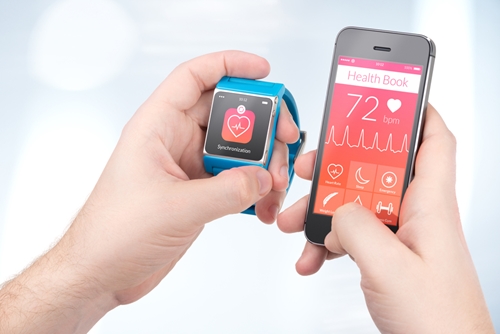With the influx of electronic health records and PACS software taking over the radiology industry, the amount of clinical data is climbing at a rapid rate. But the Digital Age has also ushered in a growth of critical medical information generated by patients themselves, leading to improvements in care coordination and population health.
The U.S. could take a page out of Australia's book on achieving interoperability with data, as New South Wales has more than 200 hospitals and clinics connected to a vendor neutral archive, Healthcare Informatics reported. NSW Health, the state-managed health system in the area, also created an enterprise imaging repository for all radiologists in New South Wales as part of information exchange infrastructure.
NSW Health began its rollout in July 2012 with the development and implementation of a statewide imaging archive and continued into 2013. The goals of the initiative were clear: Reduce repeated procedures, provide better access to medical imaging information and create improved models of care through collaboration. Once EHRs get added into the mix, the amount of data available to health care providers can seem never-ending.
However, the recent unveiling of the mobile Health app from Apple and its inclusion in the new operating system for all of the company's products highlights the increase of data being generated by patients in today's clinical environment.
Working with wearable devices
John Halamka, M.D., is the CIO at Beth Israel Deaconess Medical Center in Boston, Massachusetts, and recently discussed the changing atmosphere of health care. He believes that patient-generated data is the next big step in improving care coordination, population health and clinical research, FierceHealthIT explained.
Devices like digital bathroom scales and wearable monitors can track an individual's sleep patterns, heart rate, body mass index and weight on a daily basis. From there, the data can be regularly accessed via smartphone or laptop and sent over to primary care doctors for review. This information has the potential to help radiologists and other physicians track patients in between visits and exams to monitor progress.
Even government agencies recognize the benefit of including patient-generated data, as the Office of the National Coordinator for Health IT is encouraging stakeholders to comment on the development of effective policies to ensure the privacy and security of this information.
Moving forward into the future of health care, patients can play a bigger role in their clinical experience by providing doctors with personally collected medical data. With up-to-date information being regularly included in EHRs, radiologists can make better decisions on ordering exams and developing treatment strategies.
Contact Viztek for more information.
Ronny Bachrach
Latest posts by Ronny Bachrach (see all)
- Konica Minolta Debuts First-of-Its-Kind Digital U-Arm System at AHRA - July 27, 2016
- Researchers Detect Signs Of Stroke Risk Using MRI - June 27, 2016
- Imaging Biz: Q&A with David S. Channin MD: How to Make PACS Patient Centered - June 22, 2016










